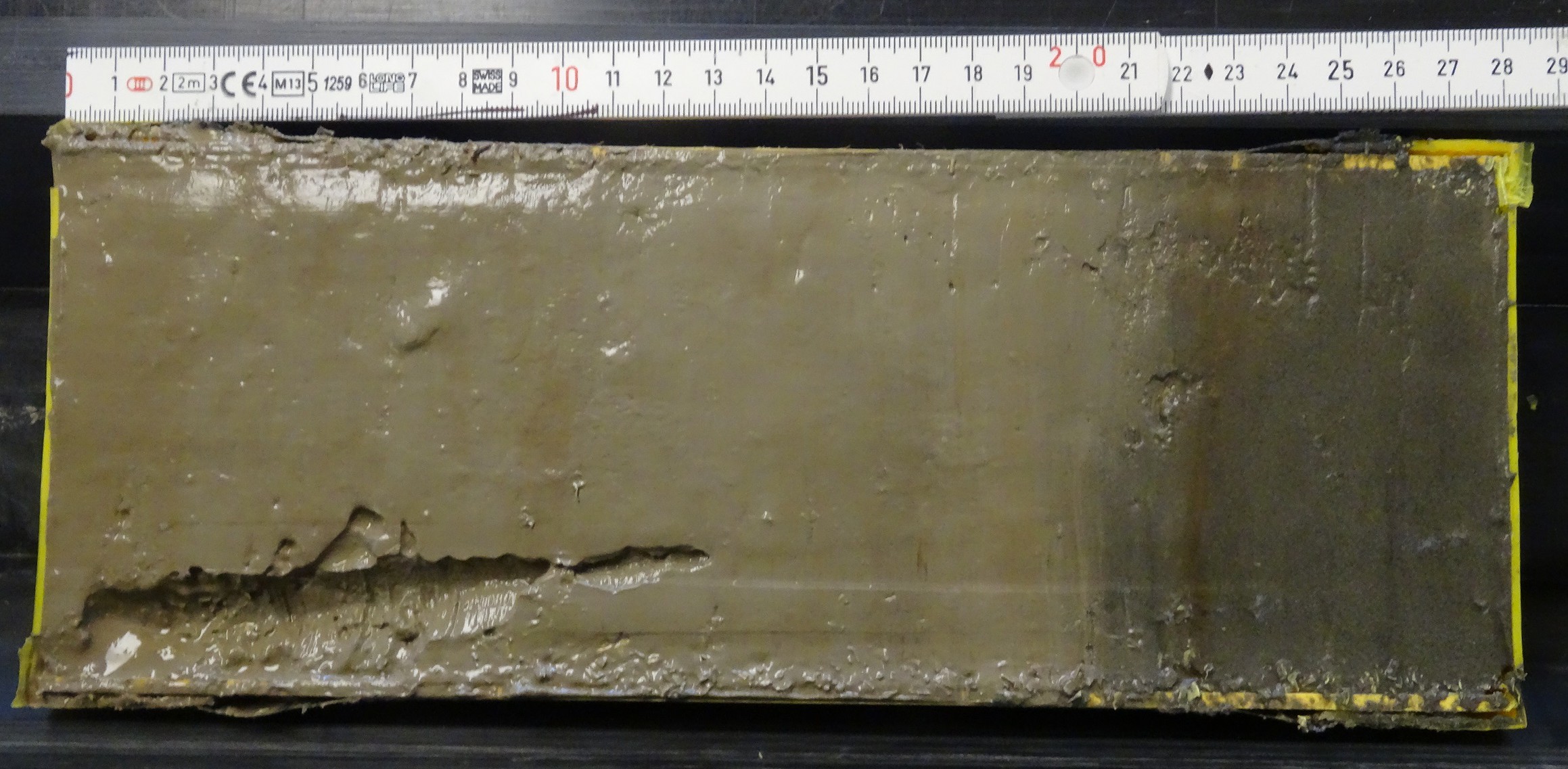Identification of glacial-time sources for Antarctic deep- and bottom-water masses
Identification of glacial-time sources for Antarctic deep- and bottom-water masses by geochemical fingerprinting of marine sediments
- Start date
- 1 September, 2013
- End date
- 31 August, 2017

Over the past few millions of years, the Earth’s climate has switched between (cold) glacial and (warm) interglacial states many times. Although driven by long term changes in the Earth’s orbit, we know from the speed and amplitude of past climatic change that there are important feedbacks within the climate system which must act to amplify the effects of these orbital changes. Changes in ocean circulation are thought to have increased the carbon reservoir of the deep ocean during glacial times, helping drive global cooling, while the reorganisation of ocean circulation back to a pattern similar to today is thought to have released stored CO2 back into the atmosphere, driving abrupt warming at glacial terminations.
The Southern Ocean is a key region linking ice sheets, ocean circulation and global climate, and is thought to have played a pivotal role in this process. By studying the geochemistry of deep marine sediments recovered from the Southern Ocean sea floor, my research aims to establish the extent of this reorganisation of deep water circulation, and to better understand its potential impacts on past climate. By understanding how the oceans have both responded to and helped force changes in climate throughout Earth’s history we hope to better understand their response to the anthropogenic changes we are currently experiencing.